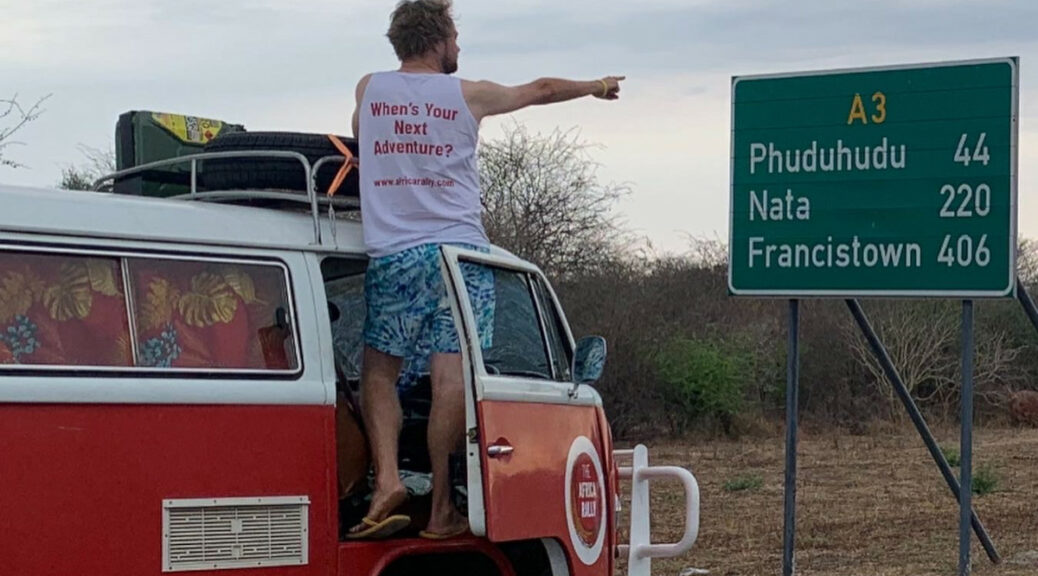As the mastermind behind the Africa Rally, a three-week charity road trip, Paul Clayton has a passion for overlanding – in unusual vehicles.
The Africa Rally is not your father’s long-distance 4×4 race. For a start, it’s not a race so much as a three-week long adventure. The winning team won’t be the first to cross the finish line, but the one with the most spirit. And you also don’t need a 4×4 to participate. In fact, the more ridiculous the vehicle the better, says rally director Paul Clayton.
He talks to Tracks4Africa about his approach to overlanding, the beauty of paper maps and the kindness of strangers.
What inspired you to create the Africa Rally?
I’ve been taking part in charity road rallies since 2010. That’s when I made the highly ridiculous decision to drive from London to Mongolia in a 1.2L Suzuki. Since then, I’ve driven old vehicles all over the world, the Plymouth–Dakar in 2016. I’ve also toured sub-Saharan Africa extensively in my Mark 4 Ford Cortina.
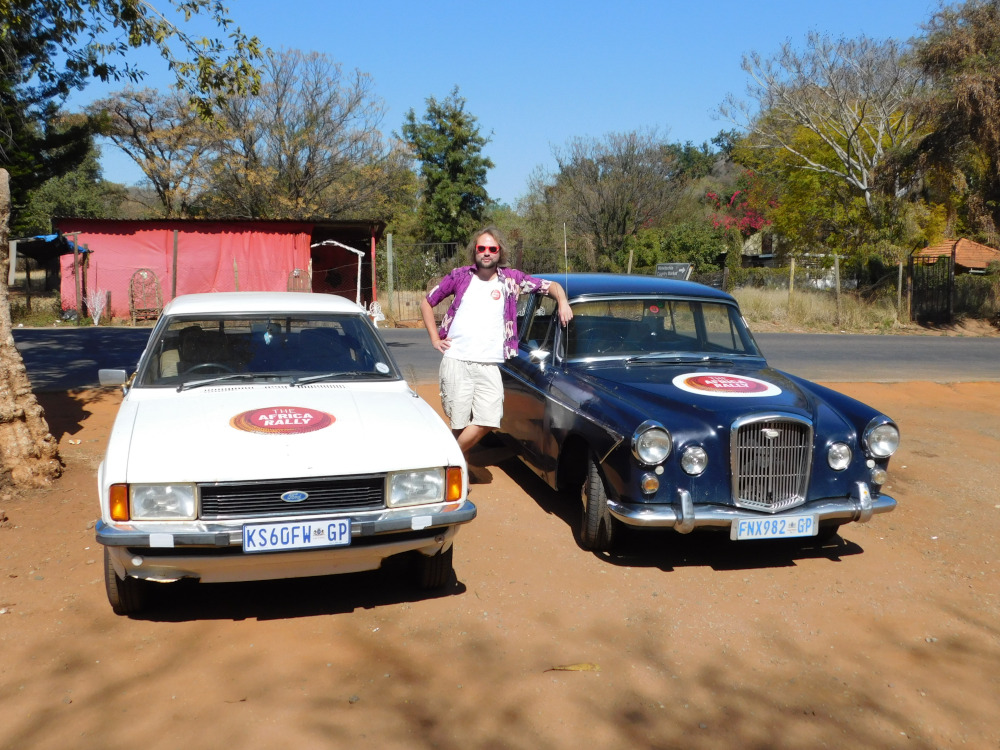
The pandemic made me reassess what was important in life. Essentially, I want to share my love of overlanding in Africa with as many people as possible. So this rally is for people wanting to reconnect with the outside world. It’s also a chance to perhaps push themselves beyond their comfort zone after these last few years of restrictions. The Land Rover/Camel Trophy motto of “One Life, Live It” comes to mind.
Tell us more about the Africa Rally and how one takes part.
The Africa Rally runs from 1 to 22 July 2023, starting at Hartbeespoort Dam and ending on Lake Victoria in Kenya. We ask each team to choose a charity they are passionate about and use this event as a platform to promote awareness and fundraise. There will be a prize for the team who raises the most before crossing the finish line. Any vehicle can enter, and we provide discounted entry for the more ridiculous vehicles.
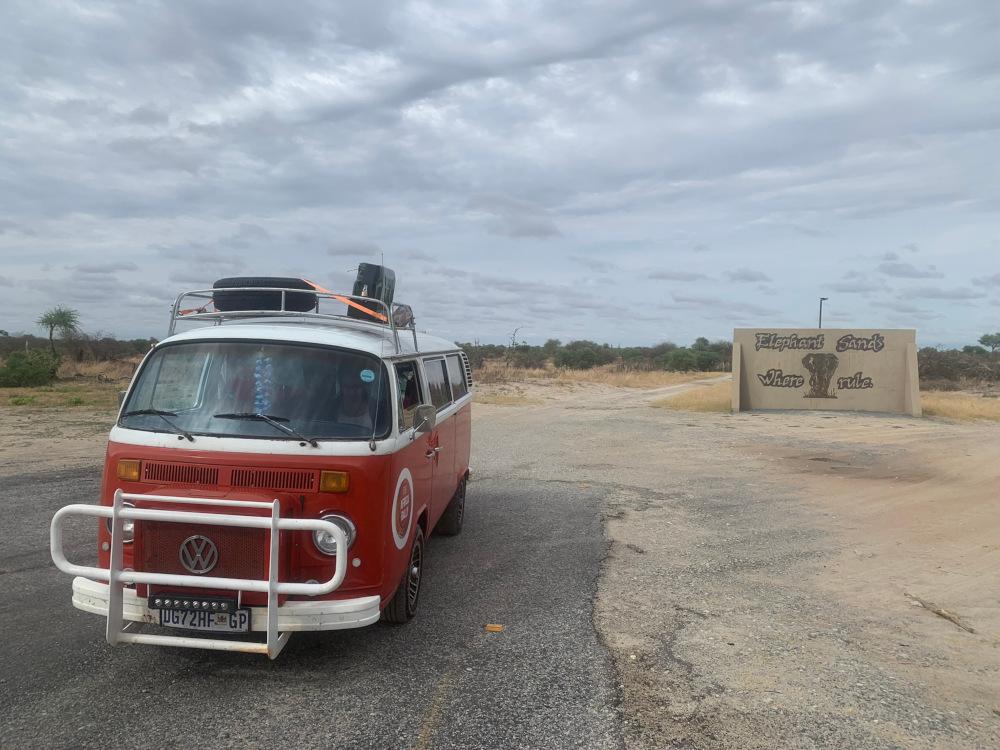
The suggested route has been chosen to showcase some particularly amazing places. It was designed through a mixture of going with what we know from personal experience and because our HQ team all agreed that it showcases the best route through Africa to date. The wildlife, the roads, the food, along with all of the World Heritage sites, combined with practical considerations such as the stability and safety of all of the countries along the way made it the clear choice.
I know most teams are looking forward to seeing elephants in Botswana and Victoria Falls in Zambia. Another highlight is braaing fresh fish on the beach in Malawi (still the best fish I’ve ever tasted!). Once into Tanzania the wilderness areas to the west, along with Lake Tanganyika itself, are what I’m personally looking forward to.
Why travel Africa’s roads in a vehicle that isn’t the latest 4×4?
It’s all about the journey rather than the destination. If you need to get somewhere fast, then by all means drive the latest 4×4. You’ll arrive at your destination ready to achieve your purpose there.
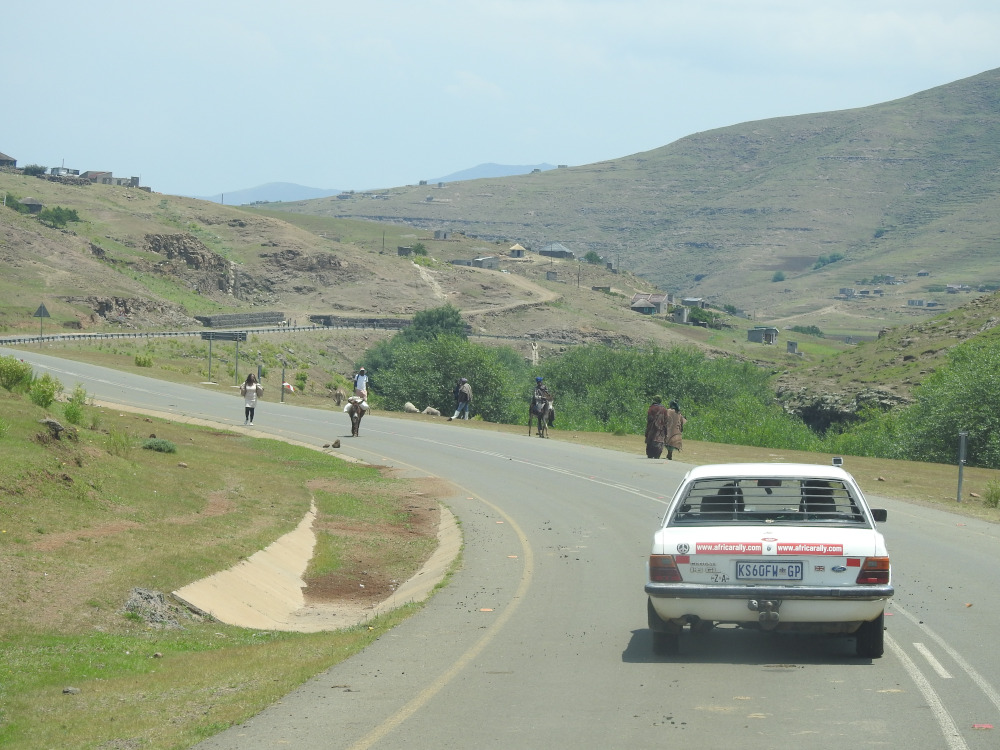
However, to truly experience the wonder of overland travel in Africa, an older vehicle is the way to go. Especially one that is decorated! My personal choice is to create designs either with our route map on the vehicle, or the flags of the countries which we will be travelling through. This means that when you stop for fuel or lunch, or when you’re stuck somewhere, you have a ready conversation starter. There’s a life-size visual aid to chat to people about where you’ve come from and where you are going. From my experience, people are also much friendlier and much more willing to help if you’re in a ridiculous vehicle that everyone can have a laugh about.
It might not always be the comfiest way to travel, but definitely ensures a good adventure. Because our rally is set over three weeks, it ensures there are plenty of rest days.
Tell us about a time your vehicle broke down and how you got out of it.
Where do I start!? I’ve broken down many, many times over the years. But driving a simple, classic car does mean you can get it running again by the side of the road or in any backstreet mechanic’s workshop.
The most dramatic was probably in Mauritania in 2016 when I hit a particularly nasty pothole. The entire rear wheel flew off the car and bounced down the road. Although we eventually retrieved it, it was clear to the eye that a fair bit of damage had been done. It certainly went beyond what our relatively conservative toolbox could fix. We hadn’t seen another car all day… and it was hot – stuck in the middle of the Sahara hot. After a bit of discussion, I got the compass out, set it for where I figured the direction of the nearest village on the map was, and started walking. My two co-drivers stayed to watch the vehicle.
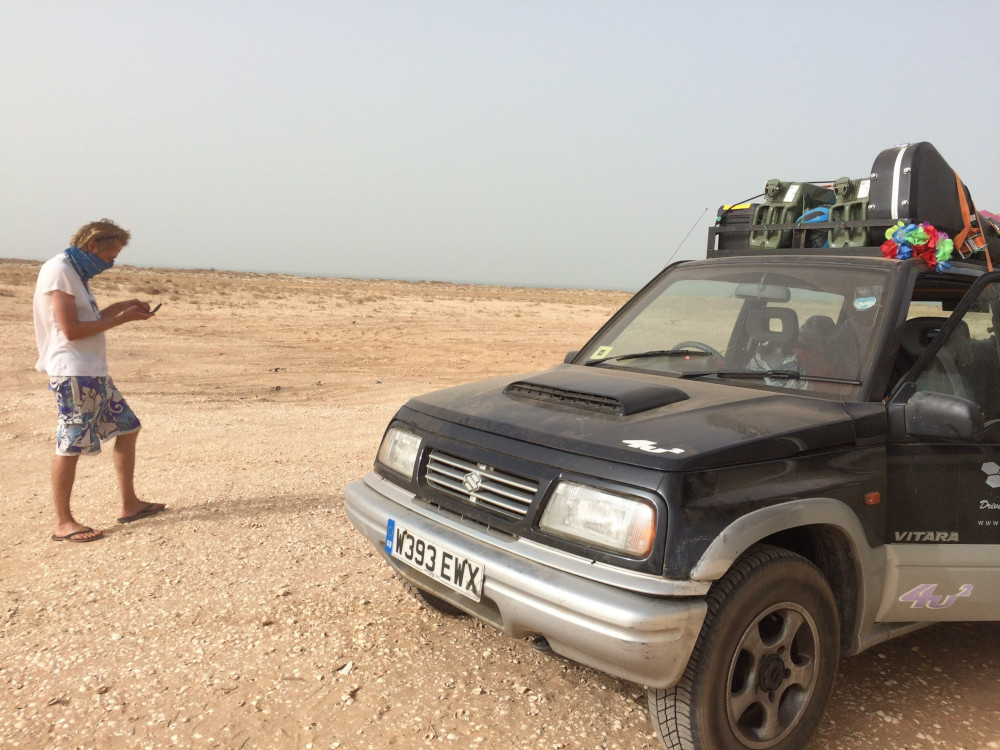
I’d been going for about 10 minutes when I saw this old Hilux coming down the road. I flagged them down and although we didn’t speak the same language, my gestures to the car on the side of the road in the distance must have made sense. “Mechanic?” Finally a word we both knew…
To my amazement, the driver pointed in the back of the truck where there was a man in a blue boiler suit covered in oil. It turned out they had broken down about 10km past us, had gone to fetch a mechanic earlier that day and were on their way back. They were only too happy to help us as well.
The kindness of strangers in these situations cannot be overstated, and always provides a too-often-needed refresher for everyone’s faith in humanity.

It sounds like you put a lot of faith in maps.
Tracks4Africa maps have been a staple on all of my overland trips across the continent. However, much to the disagreement of a number of my close friends, I always opt for the paper maps rather than GPS.
I find that paper maps offer the right balance between getting lost just enough and finding your way again. For me it’s about that discussion amongst teammates, whether to go left or right at a junction while the map is sprawled across the dashboard. Or when you have to stop in tiny villages and unfold the paper on the bonnet to work out where you are and where you need to get to. Perhaps I’m being overly nostalgic for the days of expedition travel. Admittedly, I do use GPS for driving around Johannesburg, but in my opinion for this type of trip, Tracks4Africa paper maps are the way to go!
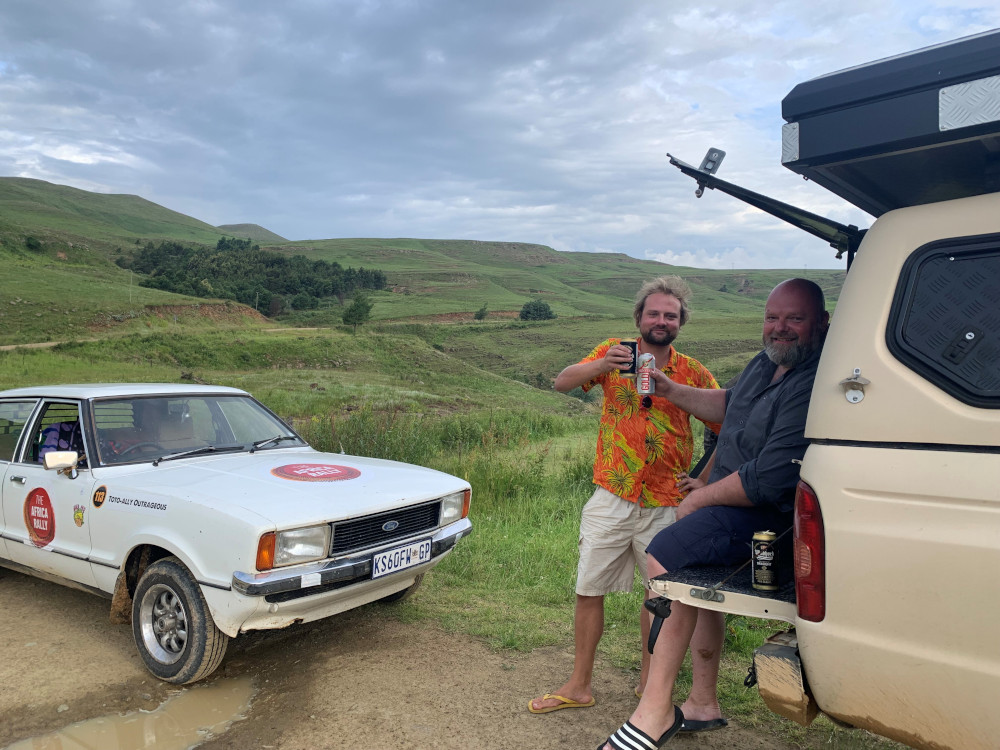
What can overlanders learn from travelling Africa’s roads?
Africa’s roads provide something for all types of overlanders, on all types of surfaces. These range from beautifully tarred mountain passes (with very minimal potholes) in Malawi to nicely graded washboard gravel allowing for a bit of sideways action. Not to forget the dried-up riverbeds often going from off-road to no-road very quickly.
The sheer amount of wildlife that can be seen from the side of the road dwarves anywhere else in the world. Elephants, rhinos, giraffes, ostriches, zebras, and even hippos could be up ahead.
Learn to expect the unexpected. You never know what will be round the next corner!
To keep up with the adventures, follow @africarally on Instagram and theafricarally on Facebook.
Do you prefer to do your trip planning and navigation using paper maps? Our Tracks4Africa Traveller’s Maps are probably the most comprehensive country maps on paper, offering travel time information for the entire road network (tar, gravel and sand).
